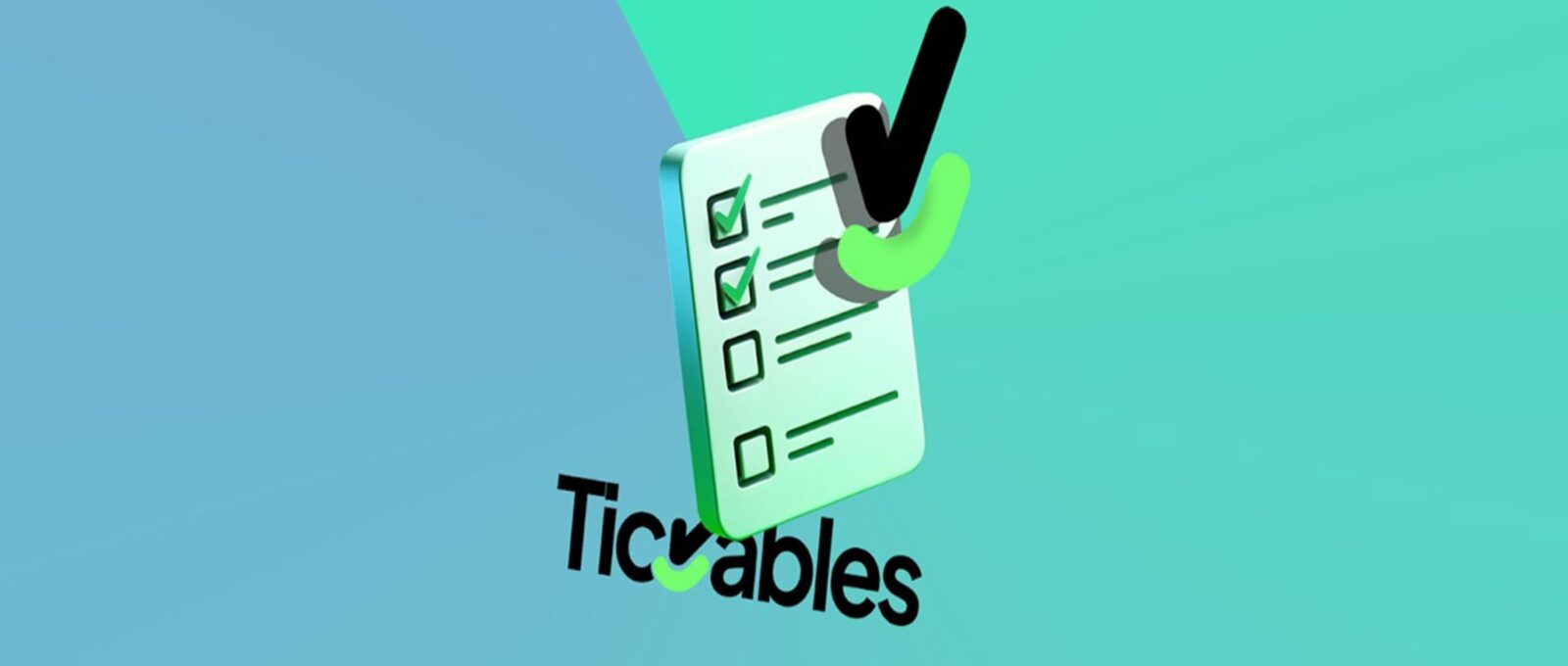Hello! What’s your background, and what inspired you to create Tickables?
Hi all! Creator of Tickables here, a community-driven checklists site. I’m a web developer, and I’ve been doing so for the past couple of years now. Tickables came from a personal frustration of mine where I’d go, “Man, I wish someone else had already made a checklist about this topic and shown it to me”. On top of that, occasionally I’d also be learning a new topic, or striving for a milestone, and I’d find that one of the ways that my progress would end is, “I have no idea where to go from here. Now what?”. Hence, Tickables was born.
What specific challenges were you trying to address with Tickables?
In exploring new topics and achieving milestones, the problem of encountering a blockage of “I don’t know where to go from here” isn’t just restricted to beginners, but experts too. Over time, it’s also natural for motivation to dwindle.
Tickables aims to create a central hub of information that encourages deep exploration of topics, and achieving milestones in an enjoyable, and organized way. Our solution? Checklists—the (subjectively) best way to organize information! Simple to follow, and simple to track progress with. You can create, and share checklists you’ve made, or collaborate with others on one community-driven checklists!
Through our Tickmaps, we solve the dilemma of not knowing how to go further through showing you clear ways through which you can proceed. Through the structure of our site, we make your journey’s progress clear.
What kind of research did you conduct to validate the need for Tickables?
We asked people about their biggest hurdles in learning new topics and tracking progress on milestones. Many mentioned getting stuck, not finding good resources, and struggling to track their progress. Additionally, motivation often dwindled over time. We discovered that while going through a problem, or diving into a topic, a lot of people tend to turn to checklists to look for a general outline. These insights validated the need for Tickables.
Can you explain how a new user gets started with Tickables?
Getting started is simple! Visit Tickables.com, and browse for a checklist that interests you. Our community is continuously building and sharing checklists. You can use existing checklists or create your own, track your progress, and move on to the next one. Check back in regularly, and see the progress you’re making, day by day.
Once you’re done with a certain checklist, it’s time to move on to the next one on the map. If you think that a certain checklist may be too advanced for you, check out the Tickmap, and see which checklists you could possibly go through first. Engage with community-driven checklists to see contributions from others and add your own ideas and resources.
Can you share any tips for creating an effective checklist?
An effective checklist should focus on an independent topic, with each item containing the necessary resources to complete it in under 5 minutes, avoiding burnout when focusing on a single item. Each item, and checklist should have a concrete goal that should be achieved by going through with it.
With Tickables, it’s possible to set the track on where to go next, or with which checklist you should start off with before a certain checklist. Last but not least, if you think you’ve made a checklist that’s great, be sure to share it on Tickables so you can get feedback from others and improve your checklist.
How would you recommend tracking progress on a long-term project using Tickables?
Tracking progress is easy: our structure ensures that your progress on any checklist is always clear, and the next steps are always visible. Progress on individual checklists are always visible, and if a certain project/milestone involves several checklists, all progress is also shown in Tickmaps. Watch all the checklists on your map go green!
Which technologies and tech stack are behind Tickables?
In order to build Tickables, we use NextJS to build the frontend, NestJS to build the backend, and Supabase. This stack was chosen as it enabled us to make rapid development while maintaining control, and put our focus on the users’ needs and wants.
Could you explain your strategy for funding the project and your plans for monetizing it?
We started by bootstrapping Tickables. In the future, we plan to introduce ads to cover operating costs and offer premium features for paying users. We’re currently still in the process of exploring options on how to make Tickables sustainable, but be rest assured; we go by the philosophy that the opportunity to get knowledge easily and clearly should be accessible to everyone.
What metrics will you be using to measure the success of your project?
We’ll be looking at the number of public and community-driven checklists and their usage. Additionally, we’ll track how far users go through a checklist flow—the more completed flows, the better. We also keep an eye out on social media for user-created checklists, and progress on the site. Seeing how people use Tickables keeps us motivated, so if you’ve made a checklist or if you’ve achieved a certain milestone, don’t be shy to share, and don’t forget to thank the checklist creator! Maybe we’ll even highlight your checklist on our social accounts!
Finally, Where can people find more information or resources about Tickables?
We’re live now on Tickables.com! That aside, I personally highly recommend the book The Checklist Manifesto by Atul Gawande
Follow us on:
- Twitter @Tickables
- Instagram @Tickableshq
- Reddit r/tickables
Send us a DM anytime, we look forward to hearing from you!
You can also contact us per email via contact@tickables.com.
Did you enjoy this interview with Tickables founder – a community-driven checklists? I regularly interview creators who have recently launched their products. Check out additional discussions like this on BetaHunt. For updates, follow me on X.

Leave a Comment